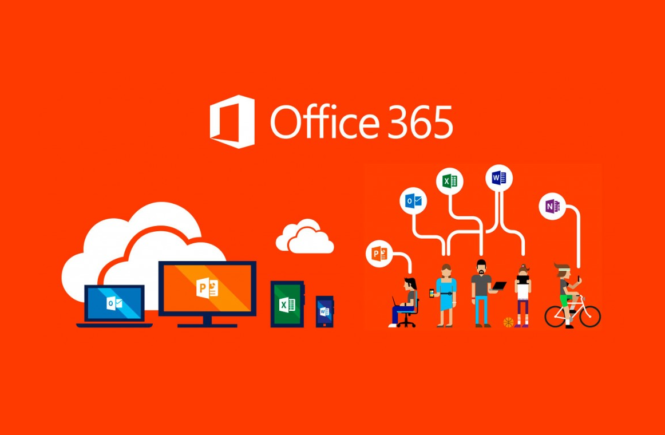
The Office 365 ProPlus update model supports 4 production channels;
- Monthly Channel (Targeted),
- Monthly Channel,
- Semi-annual Channel (Targeted),
- Semi-annual Channel.
Each channel receives features updates, security and non-security updates on different release intervals.
Consider a scenario where Office 365 ProPlus is installed on a machine from the Semi-Annual Channel.  Now let’s say, a new feature is introduced on the Monthly Channel which you would like to get.  Since you are on the Semi-Annual Channel you will have to wait for a few months before this feature is made available to the Semi-Annual Channel. But what if you do not want to wait that long? The answer is, switch to the Monthly Channel.
Switch Channels
Below are the steps to switch channels:
- Identify the channel which you would like to switch to. Features and updates by channel are documented here.
- Launch Command Prompt as an administrator.
- Navigate to “C:\Program Files\Common Files\Microsoft Shared\ClickToRun\â€
- Run the following command to change the desired channel, let’s say Monthly Channel Targeted “OfficeC2RClient.exe /changesetting Channel=Insidersâ€Â (When running in powershell the command will be “.\OfficeC2RClient.exe /changesetting Channel=Insidersâ€
or if you want to switch to the Montly channel:
“OfficeC2RClient.exe /changesetting Channel=Monthlyâ€
Note – You can use this command to switch to any channel using the corresponding Channel keyword listed below:
| Channel | Keyword in CMD or ODT |
|  Monthly Channel (Targeted) |  Channel=â€Insidersâ€Â or Channel=â€FirstReleaseCurrent“ |
|  Monthly Channel |  Channel=â€Monthly†or Channel=â€Current“ |
|  Semi-annual Channel (Targeted) |  Channel=â€Targeted†or Channel=â€FirstReleaseDeferred“ |
|  Semi-annual Channel |  Channel=â€Broad†or Channel=â€Deferred“ |
To start the switch Channel process, run “OfficeC2RClient.exe /update userâ€Â from the cmd prompt path “C:\Program Files\Common Files\Microsoft Shared\ClickToRun>â€Â This should be followed by a series of windows which will take you through the process of downloading and installing updates for the new channel that you have switch to.
Note:
All credits go to Eric Bierens, this is just a shameless copy-past for personal usage.